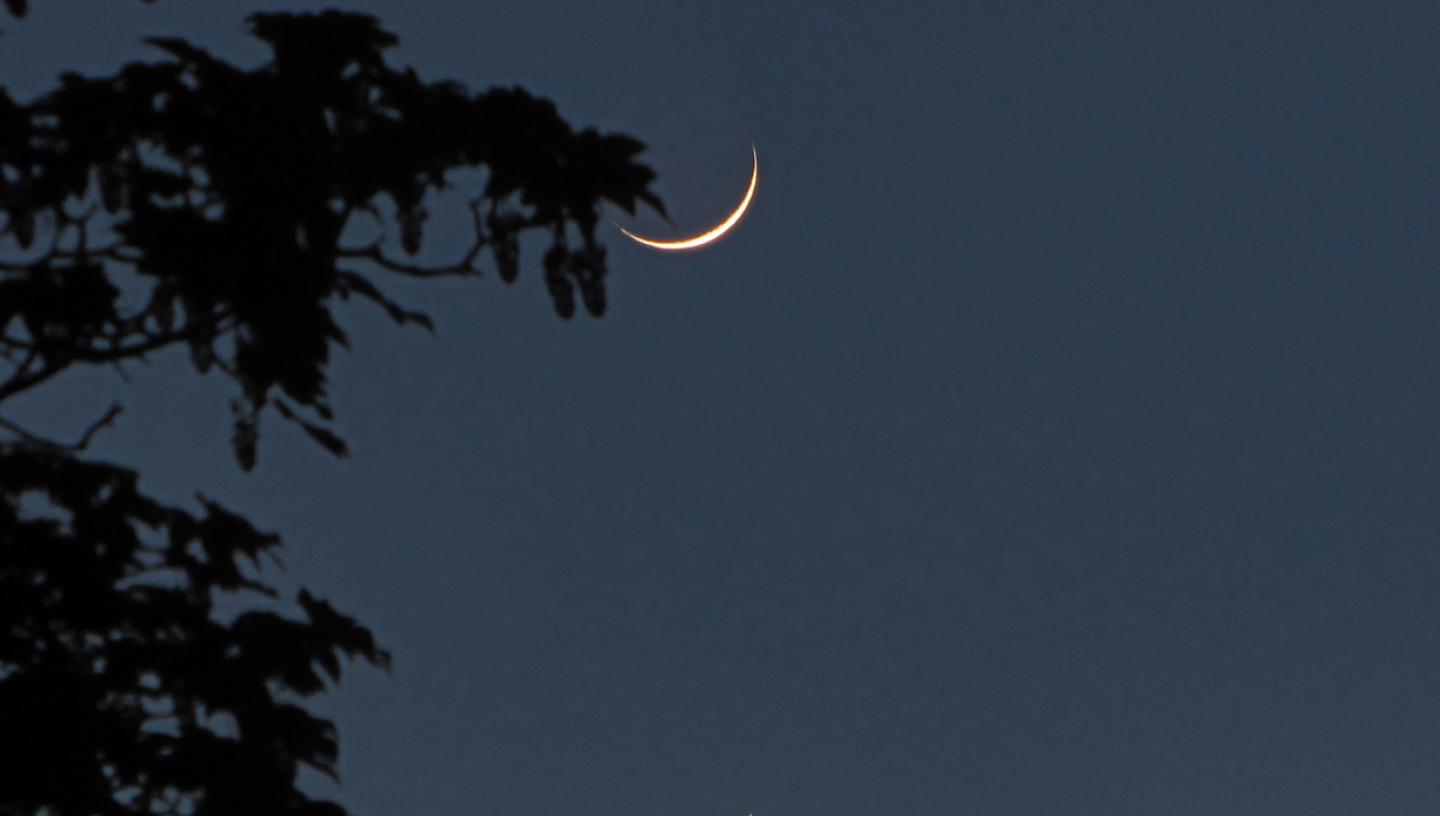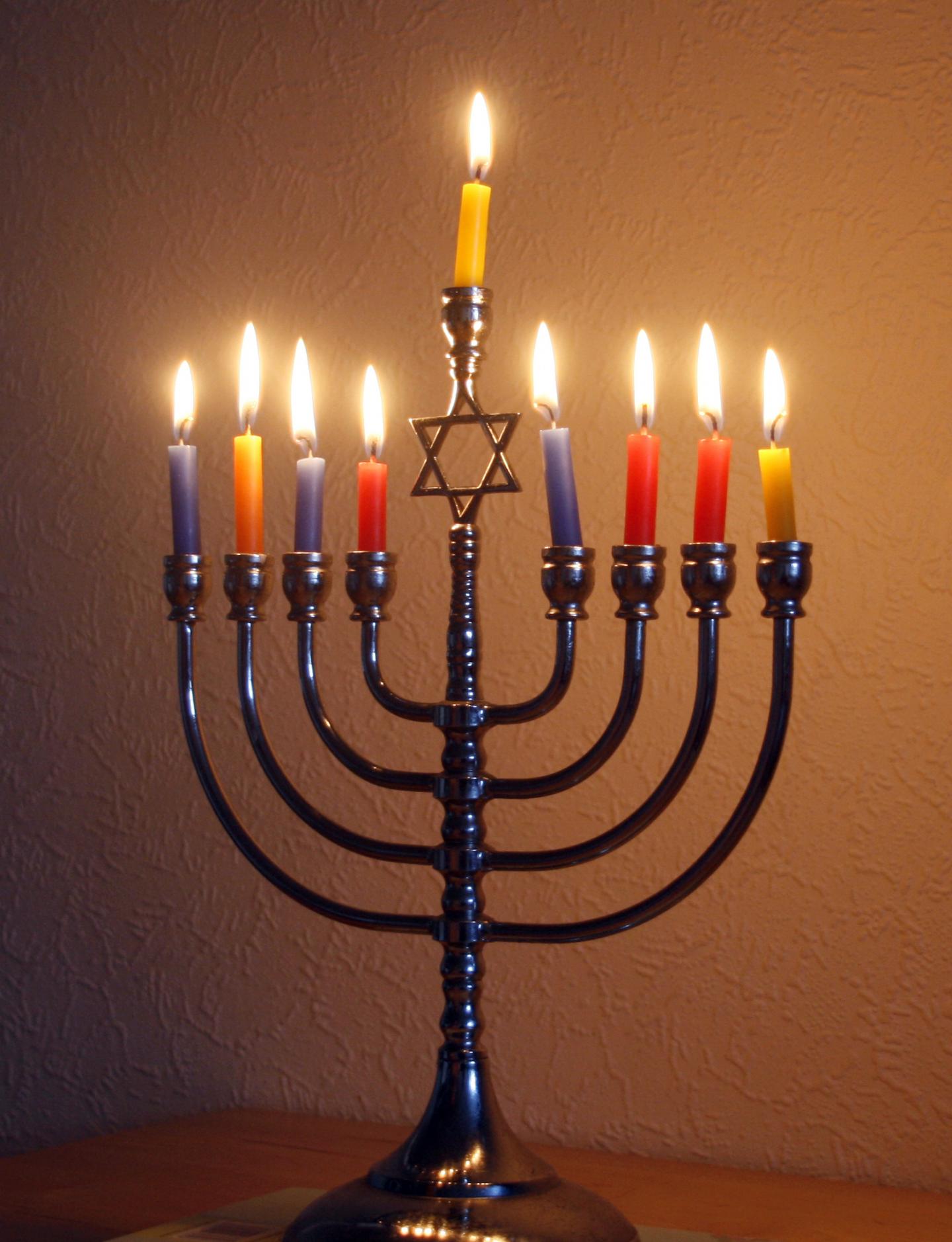
When is Hanukkah?
The exact date of Hannukkah changes every year. Find out how the Hebrew calendar works and how it relates to the phases of the Moon.
When is Hanukkah in 2019?
In 2019 Hanukkah begins at sunset on 22 December, and continues until the evening of 30 December.
Hanukkah is observed for eight nights and days every year. Normally it occurs between late November and December, although the exact dates change every year.
This is because Hanukkah is always on the 25th day of Kislev in the Hebrew calendar.
25 Kislev is a date from the Hebrew calendar. This is a lunisolar calendar, which means that unlike the Gregorian calendar, the Hebrew calendar is based on both the Sun and the Moon.
The Hebrew calendar is largely used to determine the dates of Jewish holidays and which sections of the Torah should be read.
How does the Hebrew calendar work?
The Gregorian calendar is a solar calendar, which means it is based on the position of the Sun. The Hebrew calendar is lunisolar, which means it is also uses the phases of the Moon to determine dates.
A new moon signals Rosh Chodesh - the beginning of a new month. The new moon is the first lunar phase, which is when the Moon is in shadow and we cannot see the Moon from the Earth.
A lunar month is the time it takes to go through all of the phases of the Moon: about 29.5 days.
If 12 lunar months make up a lunar year, that means a lunar year is only about 354 days. A year based on the phases of the Moon therefore is around 11-12 days short of a solar year.
To ensure the two calendars match up and seasonal celebrations occur at roughly the same time of year, an extra month is regularly added to the Hebrew calendar. This happens every two to three years, or seven times every 19 years.
What is Hanukkah?
Hanukkah is a Jewish celebration, marking the rededication of the second temple in Jerusalem. It is also often called the Festival of Lights.
How is Hanukkah celebrated?
On each night of Hanukkah, a candle on the Hanukiah is lit.
A Hanukiah is a candelabrum with nine branches, including one raised candle in the middle. It is this candle that is used to light the others. This raised candle in the middle is called a Shamash, or ‘attendant’. The Hanukiah is then placed in windows or doorways, and traditional songs and blessings are recited.
As well as this, the game of Dreidel is traditionally played, and foods cooked in oil such as latkes are eaten.
Gifts and money are also given to children.
Dec 4, 2018 at 3:06pm PST
Why is Hanukkah celebrated?
In the second century BCE a Greek army led by King Antiochus marched into Jerusalem. Antiochus banned all Jewish worship and attempted to force the inhabitants to worship Greek gods instead, placing an altar to Zeus in the Jewish Holy Temple.
A Jewish rebellion led by the Maccabee family fought against this desecration. They fought a three-year guerrilla war against the Greek army and, despite the weight of numbers against them, they won.
Following their victory the Jewish community worked to rebuild the temple. This process of rebuilding and making the temple fit for worship is the ‘rededication’ - or Hanukkah.
When the temple was ready the sacred candle or menorah was lit, but there appeared only enough oil to keep it burning for one day.
However, the small amount of oil miraculously kept the candle burning for eight days and nights - the amount of time it takes for more oil to be made.
Every year this period of time is celebrated, and it is known as Hanukkah.
